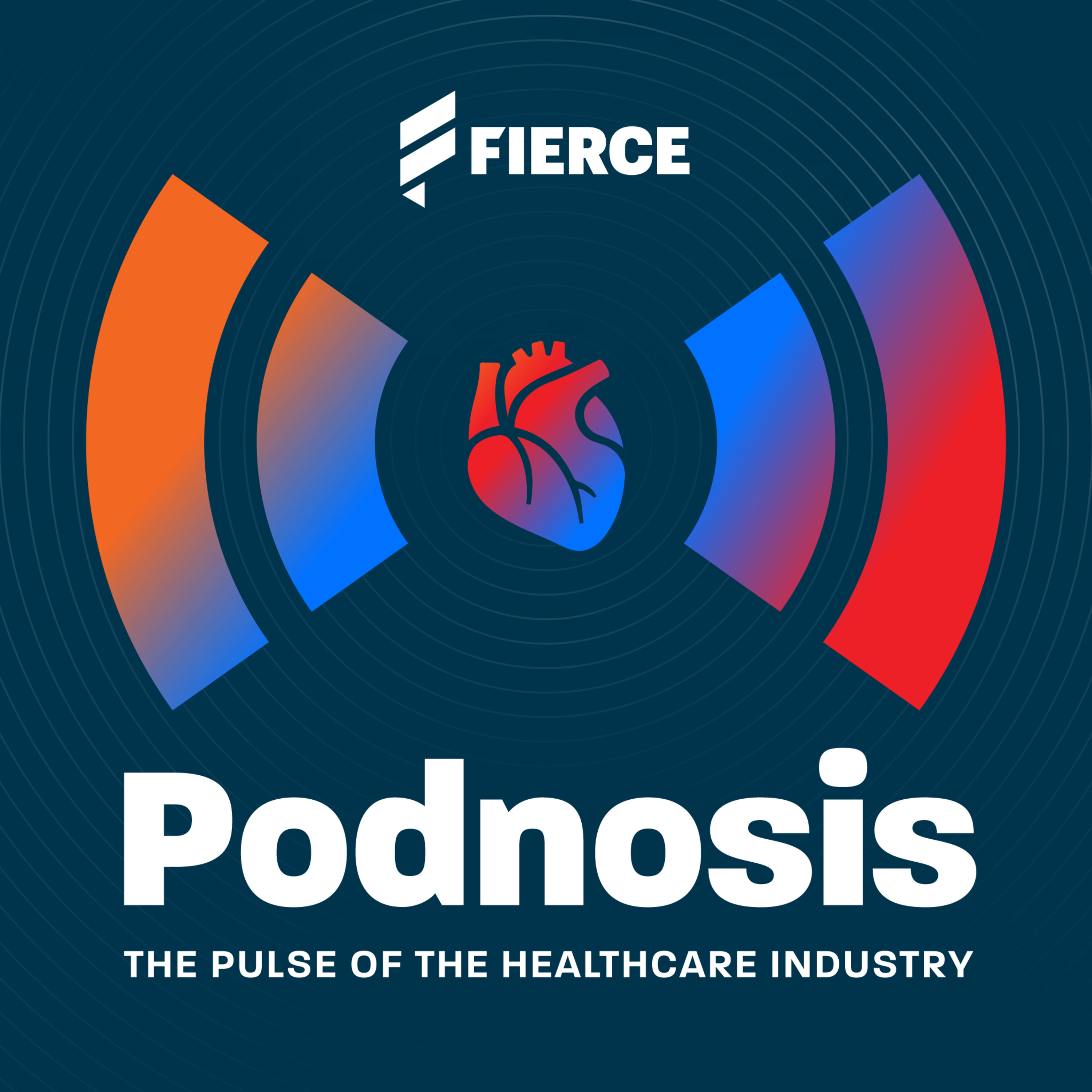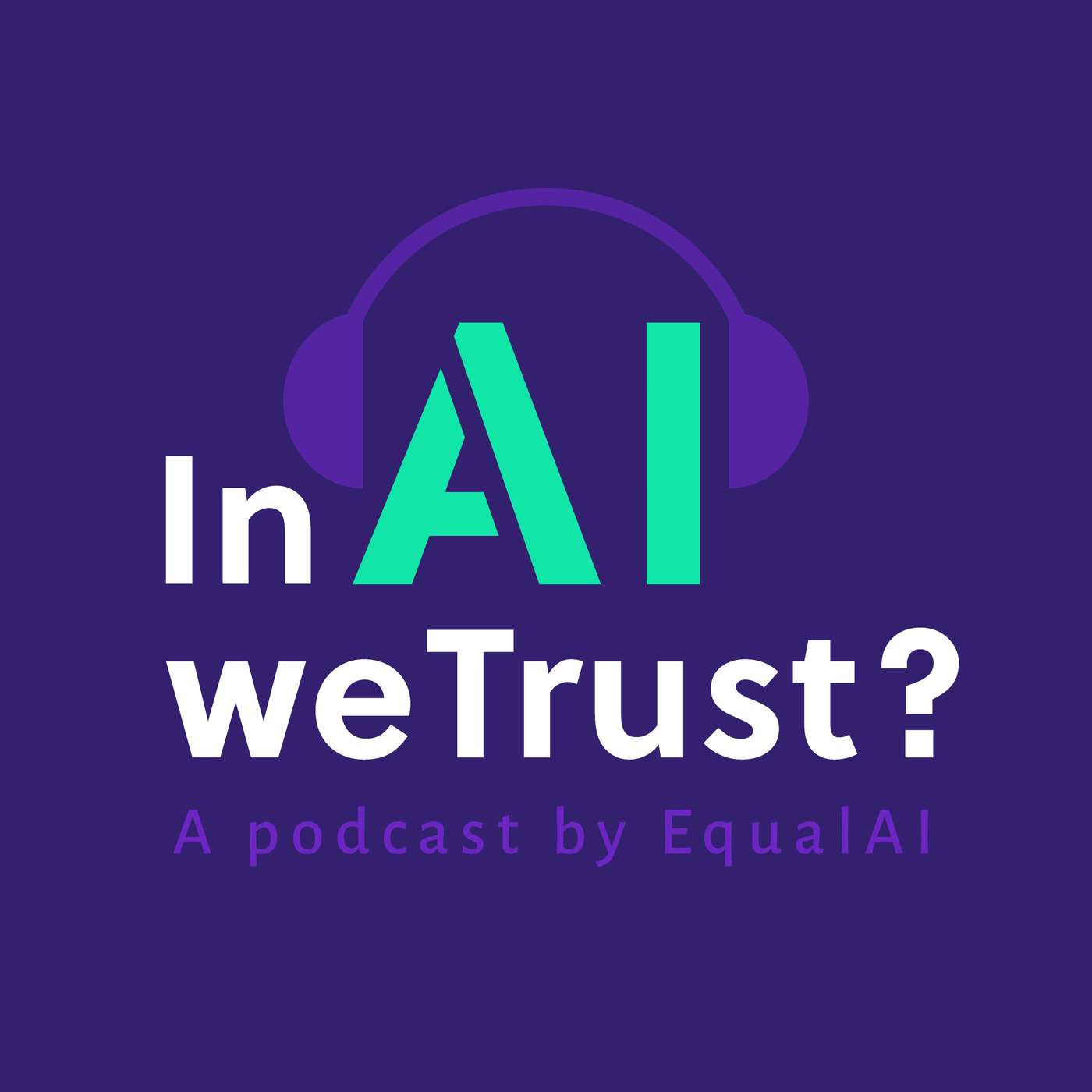.jpg)
ChilCast: Healthcare Tech Talks
ChilCast: Healthcare Tech Talks
The Health Impact Project: GAAP for HCIT ROI? LOL GTFO
In the second Chilcast episode featuring the Health Impact Project team, we go deeper with our exploration into the challenges of assessing the value of digital health and health IT implementations. This conversation explores the history of recent legislation and regulation that impact the healthcare sector, specifically the interplay between technology regulation pushed via HHS and care model innovation pushed by CMS. We also introduce the idea of a healthcare innovation version of Generally Accepted Accounting Principles (GAAP), with a brief exploration of why nothing like this exists already. As with most of these episodes, we conclude with a call for a collaborative conversation to drive industry maturity and improve patient outcomes.
The conversation captured on this episode, as well as the next group one, both tie into our recently published article, "When world's collide: How two decades of regulation both advanced and hindered our transformative vision of healthcare innovation."
Takeaways
- Legislation has played a significant role in shaping the adoption of IT in the healthcare industry, but has come up against care model reform legislation that often doesn't neatly align with IT maturity. This has created extra burden on decision makers who must balance these prerogatives.
- Challenges remain in assessing the value of technology, especially due to the complexity of current shifts in the economics of care.
- Our industry needs to develop its own equivalent of generally accepted accounting principles (GAAP) for evaluating the impact and return on investment (ROI) of health technologies. This is complicated by the moral mandate of the healthcare industry, where the outcomes of "free market forces" are not always best for the population being served. Any calculation of ROI needs to account for this double bottom line.
- Collaboration and a shared understanding of value are essential for driving industry success with technology use cases, which in turn should improve outcomes and experiences.
Podcasts we love
Check out these other fine podcasts recommended by us, not an algorithm.

Podnosis
Fierce Healthcare
Akimbo: A Podcast from Seth Godin
Seth Godin
Straight Outta Health IT
Straight Outta Health IT
Beyond Clinical Walls
Dr. Bayo - Dr. Bayo Curry-Winchell, MD, MS
The Heart of Healthcare | A Digital Health Podcast
Massively Better Healthcare
The Knowledge Project
Shane ParrishRelentless Health Value
Stacey Richter
DGTL Voices with Ed Marx
dgtlvoices
The Race to Value Podcast
Institute for Advancing Health Value
HIT Like a Girl Pod: Empowering Women in Health IT
Like a Girl Media
Breaking Points with Krystal and Saagar
iHeartPodcasts
NEJM AI Grand Rounds
NEJM Group
In AI We Trust?
Miriam Vogel
InteropNow! Podcast
HLTH and CHIME
Leveraging Thought Leadership
Peter Winick and Bill Sherman
99% Invisible
Roman Mars
How I Built This with Guy Raz
Guy Raz | Wondery
Equity
TechCrunch, Rebecca Bellan, Kirsten Korosec, Anthony Ha, Max Zeff, Theresa Loconsolo

